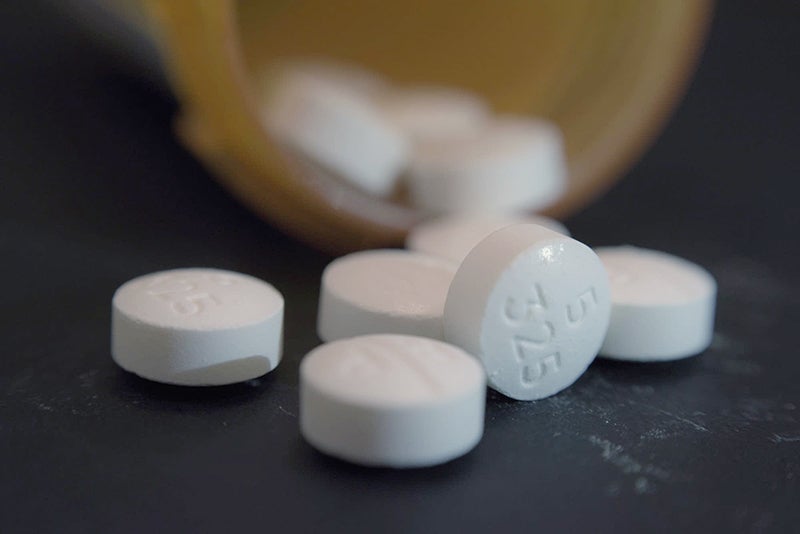Disparities remain in opioid treatment access, Mayo Clinic study finds
Published 10:22 pm Friday, June 3, 2022

- Pills of the opioid oxycodone-acetaminophen are pictured. - Patrick Sison/AP via MPR News
|
Getting your Trinity Audio player ready...
|
By Michelle Wiley, Minnesota Public Radio News
A new study from Mayo Clinic finds ongoing gaps in access to prescriptions for a commonly used drug to treat opioid use disorder. The gap particularly affects older people, women and Black and Hispanic populations.
The research, published Friday in the JAMA Network Open, looked at insurance claims data detailing more than 72,000 insured visits to emergency departments across the U.S. from 2014 through 2019. Researchers examined 3,110 prescriptions of buprenorphine to see who is getting them filled.
The study found that while prescriptions of the drug were increasing broadly, it was lower for people over 41, Black and Hispanic populations, and women. The trend “remained relatively steady” over the time period studied, according to the press release.
Buprenorphine is an FDA-approved opioid that can be used to treat pain, like oxycodone, or to treat opioid substance abuse. It’s sometimes prescribed as Suboxone, a combination of buprenorphine and naloxone, and is easier to access than other treatments.
“You can get your prescription in any setting. It can be your primary care physician — not just those highly regulated methadone clinics, and you can fill it at any pharmacy,” said Molly Moore Jeffery, scientific director for Mayo Clinic’s Division of Emergency Medicine Research and senior author of the study. “It’s a much easier drug for people to use if it works for them.”
Dr. Charlie Reznikoff specializes in addiction medicine at Hennepin Healthcare in Minneapolis. He says that when buprenorphine works for someone, it can have a significant, positive impact.
“It’s a medication that stabilizes the opioid system,” Reznikoff said. “The person feels very stable, very awake. Family members really say … it’s like having their loved one back again. So, they really feel wonderful benefits from the medication.”
The research didn’t determine why these disparities have continued but, Jeffery said, there could be many reasons why.
“We mentioned [in the study] systemic racism, we mentioned mistrust of clinicians and the health care system. And those are things that can affect people’s likelihood of being offered treatment, but it could also affect their likelihood of taking it,” she said.
For example, a patient taken into the emergency room after an overdose by police may not want the treatment.
“You were brought into the [emergency department] against your will. You may not trust the people there to have your best interests at heart,” she said. “And so, you may not be willing to even talk to them about your medical condition, or what you want to do in the future. You might just be trying to get out of there.”
Additionally, medical professionals sometimes are reluctant to prescribe an opioid to treat a substance abuse disorder, Jeffery said.
One solution she recommends is to have more doctors prescribing the drug.
“Traditionally, it has been that you would have to see a specialist, you’d have to see someone in addiction medicine, to get that long-term follow up. But having it available in primary care, I think, is a recognition that opioid use disorder is a chronic condition like any other chronic condition,” Jeffery said.
“It’s not a moral failing … It’s a disease.”





